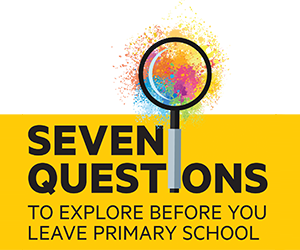6: Where can you find patterns?
Patterns are all around us. How many patterns can you find? Have you thought about how or why those patterns form?
Famous artists like Maurits Escher have been fascinated by patterns too.
These resources are hand-picked by the TES team
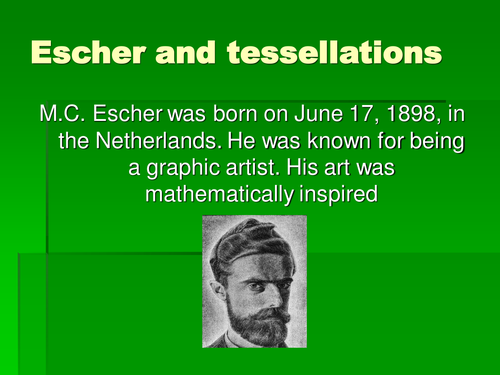
Eschers tessellations
Information about Escher and then an activty to make their own ' random' tessellation.
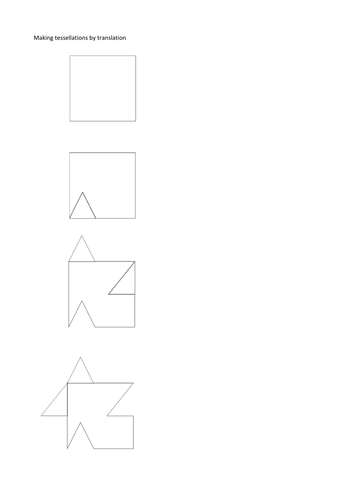
Making tessellations
Some ideas for how to make shapes which tessellate. PLEASE REVIEW / COMMENT.

How to make Escher Style Tessellation
Can link to Islamic art. Really simple with potential to make stunning designs. This is an instructable with step by step photos and instructions.

Yr 4 Patterns MTP
This is a set of plans for a studying patterns. It begins wwith looking at patterns in nature and ends with printing a tessellating pattern. The children loved this.
You can find M.C. Escher PowerPOint amongst my other resources.
The patterns PowerPoint is a great collection of patterns to inspire drawing patterns.
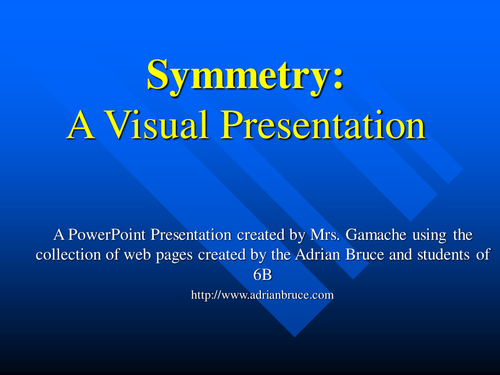
3b Patterns
Pattern lesson 1 Line symmetry Patterns Henri Rousseau Henri Rousseau Motifs Photographic examples Escher blank tesselating equilateral triangle Esher fish bat lizard equilateral triangle
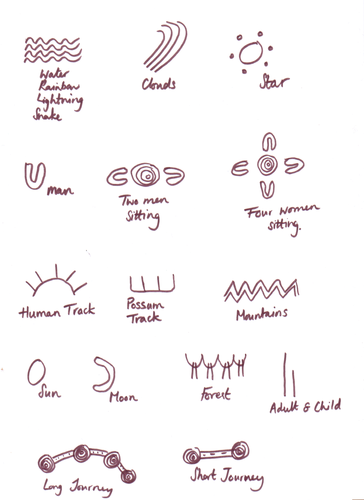
Aboriginal Art - Colour, Symbols and Pattern
Learning about other cultures through their art and pairing it with English and Geography.
Aboriginal Art is a fantastic topic for children. They will learn a little about who the Australian Aboriginals are, their symbols and what and how they paint.
Activities, include art coupled with English or Geography. Team it with a trip to a forest or zoo, or use it as a tool for creative writing.
Fun suggestions for displaying work too.
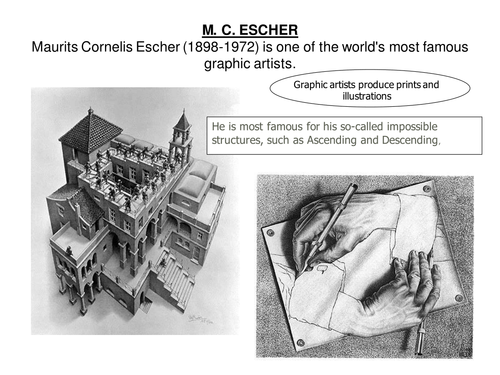
Year 8 Tessellation Low Relief MC Escher
This is a great project to help students understand tessellation. They also get to practice their shading skills. The project leads to a low relief that is worked into with a wide variety of materials. Students are to experiment with ideas in the booklet before they apply them to their low relief. My students are working on it at the moment and they love the freedom of experimenting with an idea and writing how successful it has been.
The feedback log is for students to write a comment at the end of the lesson. The comment could be a SWAN comment or a simple reminder of what ideas/advice the teacher has given them. This is also for teachers to record comments as the project progresses.
The feedback log is for students to write a comment at the end of the lesson. The comment could be a SWAN comment or a simple reminder of what ideas/advice the teacher has given them. This is also for teachers to record comments as the project progresses.
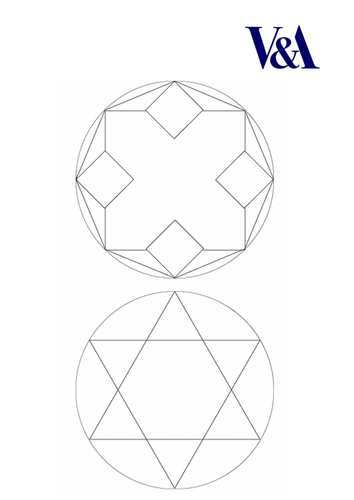
Shapes and Patterns in Islamic Art
Using Islamic Art as a basis to learning shapes and what you can do with those shapes.
A cross-curricular lesson for teachers who wish to inspire children with geometry within a cultural contact that may be different from their own. Religion, art and maths combined into one lesson.
With lots of PDF activity sheets to use and various ideas for activities and displays.
Visit our gallery to see what you've discovered
